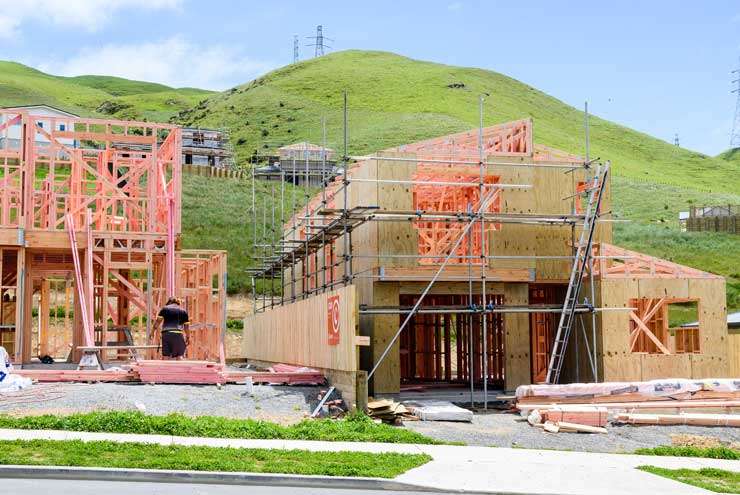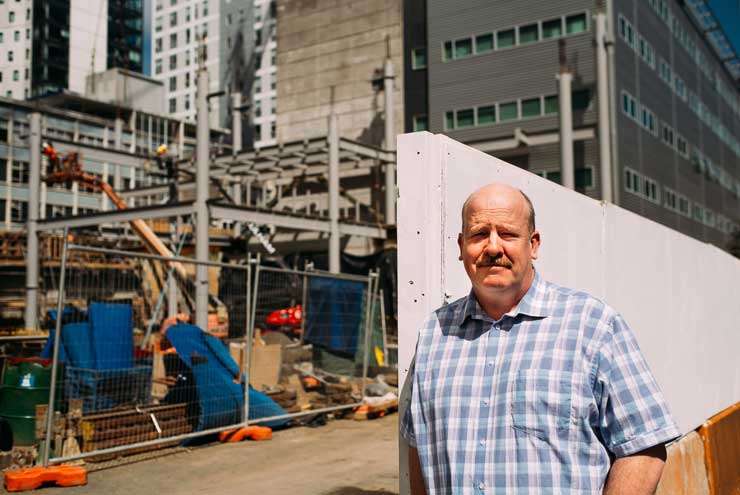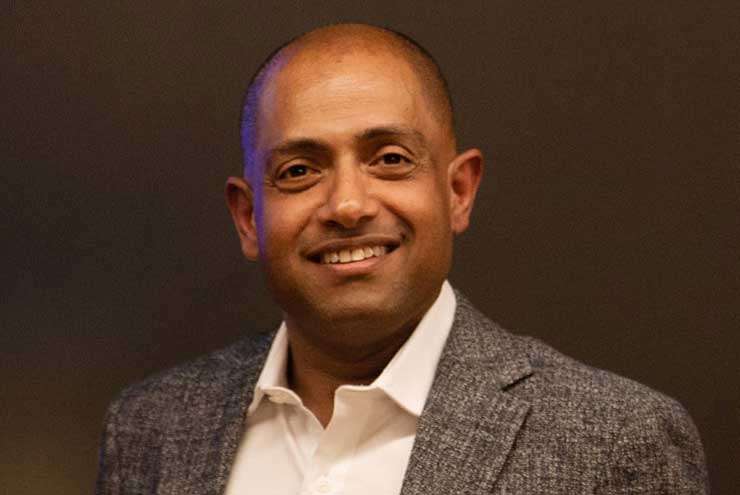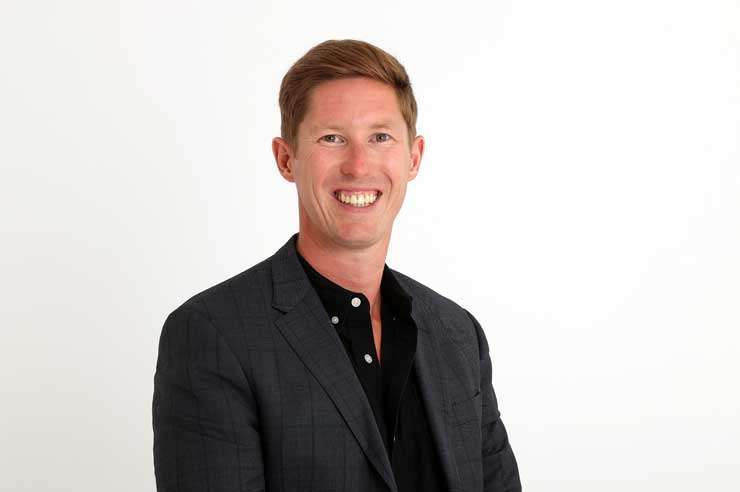The Kiwi dream of building a nice house on a quarter acre section is a thing of the past for most New Zealanders, especially those who are just starting out on the housing ladder.
The cost of building a new home – including buying the land to put it on – has skyrocketed so much over the past 20 years it has largely become the domain of retirees and those on higher incomes.
A decade or two ago an empty section in Auckland could be bought for $100,000 to $200,000, but buyers scoping sections now would need a starting budget of million dollars minimum and be prepared to compete with cashed-up developers.
Building and designing your own home has largely given way to buying a house and land package through one of the large group building companies who offer a smorgasbord of set plans to choose from in a new subdivision.
Start your property search
While it’s getting harder to achieve the Kiwi dream maybe that dream simply needs to be redefined, says Professor John Tookey from AUT’s School of Future Environments, who says perhaps the future is quarter acre living on a quarter of the size.
There are a range of different values, expectations and behaviors that are wrapped up in the quarter acre dream that are still possible on a smaller site.

Houses under construction in the Wellington suburb of Churton Park at the end of 2020. Photo / Getty Images
“Having a vegetable plot and a place for the kids to play and all that sort of stuff. If you can achieve the same outcomes in terms of lived experience and a quarter of the space it's more sustainable, obviously.”
Small country, big sections
Societies globally have responded to the aspiration of home ownership in different ways in terms of what constitutes the dream property.
A resident of Hong Kong, a city of skyscraper apartment living, would not even register the notion of quarter-acre living. Auckland, on the other hand, has a uniquely low-rise setting.
“The footprint of Auckland, if we had the same population density as Mumbai, would have about 38 million people in it so how we in Auckland conceptualise the world and think about the use of space and all the other things is a slightly different thing,” Tookey says.
New Zealand has one of the highest levels of residential space available per head of population, Tookey says, pointing out the average property size here is 160sqm compared to around 78-80sqm in the United Kingdom.
Again, it’s about expectations, and he also points out house size patterns have changed with the different waves of settlement.

Professor John Tookey says if Auckland has the same population density as Mumbai, it would have a population of about 38 million. Photo / Supplied
Where houses had been getting bigger, for example, now they have started to contract again as a result of medium- and high-density projects.
Housing needs to be looked at and reconfigured for modern needs, such as whether they facilitate working from home and what impact that has on work/life balance and issues like having the kids around as you work.
That spins off into other areas, too, such as what office space is required and what will the public transport and infrastructure needs be with fewer people potentially journeying to the city centre.
As for that Kiwi home ownership dream, “we literally need to achieve the effect of having 1000sqm bundled up into little sections of 250 squares.”
Rising costs
Jose George, the general manager of Canstar NZ, says while the dream of owning a house is slipping out of reach for many, building one does still remain a viable option.
“However, taking on such a challenge is fraught with issues, many of which are impossible to quantify,” he says.
“We'd suggest that if you're considering building, get ready for a long, tricky process - but one that should deliver huge rewards in the long term.
"As a starting point, the national average for building per square meter sits around $2,500, although most architects and builders suggest starting at $3,000 per square meter or higher.
“But these figures are only the tip of the iceberg. Building your own home means hiring architects, surveyors, builders, designers, retailers and, importantly, buying land.”

Canstar NZ general manager Jose George: “If you're considering building, get ready for a long, tricky process.” Photo / Supplied
Those costs can be huge, and there are supply chain pressures, staff shortages, a backlog of consents and other pressures which are rapidly pushing up the cost of materials and labour, and the cost of land is also rising with the increased pressure on housing and limited supply of useable land.
"All of these issues make building a daunting process, but in the face of an extortionately expensive housing market, [it’s] a challenge many might be willing to take on.
“We would suggest anyone who does so ensures they spend time doing their research and are prepared as much as possible - doing so can ensure the end result could be the house they dreamed of."
Tony Pexton, who is the Auckland president of Master Builders, agrees that doing the research is vital.
His company, TP Builders, builds high-end homes and he says business is still charging along but his clients are not first or even second home buyers but older and/or wealthier.
Most of his clients buy a section with a house already on it which they demolish or remove and start over but while sections are scarcer in Auckland the Unitary Plan will mean there will be a supply coming through as people subdivide existing sites.
There’s no doubt, though, that building a home has become a very expensive business, and there are other issues to be faced, such as banks wanting builders to fix a price before they lend but that’s hard for builders to do, Pexton says.
“If we would do something that is fixed price, there would be a fluctuation clause added to that.”
Expect a few headaches
Pexton thinks 20 years ago it was easier for people on average incomes to build a home and says these days land in subdivisions tends to get “gobbled up” by companies offering house and land packages.
His builds start at around $5000 per square metre – but he also builds homes well north of $10,000 per square metre.
James Wilson, director of valuation for OneRoof’s data partner Valocity, says building your dream home can still be done but expect a few headaches.
He should know – he’s in the middle of building one which has gone up in price and has been beset by delays but even so he’s been pleasantly surprised it’s still possible.

New home builder and Valocity director of valuation James Wilson. Photo / Fiona Goodall
“We are by no means multi multi-millionaires - this is only our second home ever and we thought we would build one as opposed to buy one.”
Wilson is using one of the large companies to build his home and says he couldn’t quite make one of their off the plan homes work on the site so used an architect to design the house.
“As a result we've ended up with a home that we think will work really well for the site and we've not ended up paying a huge amount more than you probably would do for a standard home.”
The caveat to that is Covid because any deviation to a standard design will take time and/or cost a lot more.
“We have been impacted by Covid in time and costs. It’s nowhere near the definition of on schedule.”
While his home is likely to be 12 months late by the time it’s finished, Wilson points out everyone’s dream home is different.
“A modern dream home might be a little tiny house on a lovely property with a rural view – it’s all relative to your budget, to the part of the country you live in and to your age and stage.”


